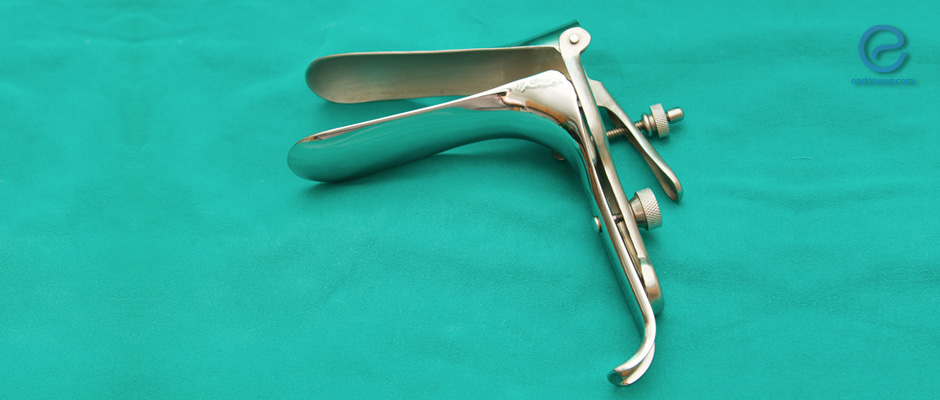The Benefits of Vaginal Administration of Drugs
Jul 10, 2017
The vaginal canal is an underutilized pathway for drug administration.
Key Points
Highlights:
- This study looks at the benefits of using the vaginal canal for drug administration.
- The researchers also look to see if there are advantages to delivering a hormonal compound vaginally for patients with endometriosis.
Importance:
- This publication shows that there might be an underused route for drug delivery that could potentially benefit endometriosis patients as well as female patients with other conditions.
What’s done here?
- Researchers scoured through PubMed and MEDLINE looking for studies published in English that dealt with vaginal hormonal therapy for individuals with endometriosis. To find such studies, the researchers used a variety of MeSH terms.
Key Results:
- Utilizing the vagina for drug administration can have many benefits including dosage reduction, continuity of drug delivery, longer durations between doses, reduced side effects, and circumvention of the hepatic first pass metabolic effect. Additionally, the patients themselves can do the vaginal administration; however, this will require more patient education.
- Disadvantages to the vaginal application of the drug include the unwanted ejection of the rings used to administer the drug as well as potential local infections.
- Vaginal hormonal therapies utilized for the treatment of endometriosis could be beneficial as there is a greater concentration of drug at the site of the troublesome endometriotic nodules. Some studies say that they saw a decrease in the size of the nodules after vaginal hormonal drug delivery. Furthermore, research has shown that such therapies have helped reduce the pain caused by endometriosis.
- Indubitably, the vaginal canal has high potential as a route of drug administration for women with and without endometriosis.
Limitations of the study:
- This study only looked at two vaginal hormonal therapies used to treat some symptoms of endometriosis, limited to previously published studies in English.
- Apparently, the hormone delivery is not the definitive treatment, though the way how it administered evaluated here.
Lay Summary
There are numerous methods of drug administration used by healthcare providers today. Buggio and colleagues suggest the vagina as another avenue for delivery. They recently published a paper titled "Per vaginam" topical use of hormonal drugs in women with symptomatic deep endometriosis: a narrative literature review” in the Archives of Gynecology and Obstetrics that delineates a study they conducted regarding this unique system of drug dispensation. The authors of this publication are mainly concerned with the delivery of vaginal hormonal drugs for women who have endometriosis.
The study itself consisted of a search through PubMed and MEDLINE for previously published studies in English that have to do with hormonal compounds administered vaginally to treat endometriosis.
The results of the study show that delivering drugs through the vagina can have many benefits including lower dosages, fewer side effects than oral therapies, and steering clear of the hepatic first pass metabolic effect. As far as the administration of vaginal hormonal drugs is concerned, the researchers were only able to find studies that dealt with the use of vaginal danazol and the vaginal contraceptive ring. These studies mentioned above showed that vaginal administration of hormonal compounds could alleviate a lot of the pain caused by the illness. Additionally, some of the researchers stated that they even noticed a reduction in the size of endometriotic lumps.
In conclusion, the researchers show that the vagina is an under utilized route for drug administration. Additionally, the hormonal treatments administered via the vaginal canal can prove to be more efficient for individuals with endometriosis.
Research Source: https://www.ncbi.nlm.nih.gov/pubmed/28664485
Vaginal Administration vaginal ring vaginal hormonal drugs danazol contraceptive vaginal rings

